2026 Author: Priscilla Miln | [email protected]. Last modified: 2025-01-22 17:55:21
Cichlids are liked by aquarists for their mobility, beauty and curious behavior. They are easy to care for and do not require special attention. Blue Demasoni Pseudotropheus stand out for their bright coloration and arouse the desire to learn more about them.
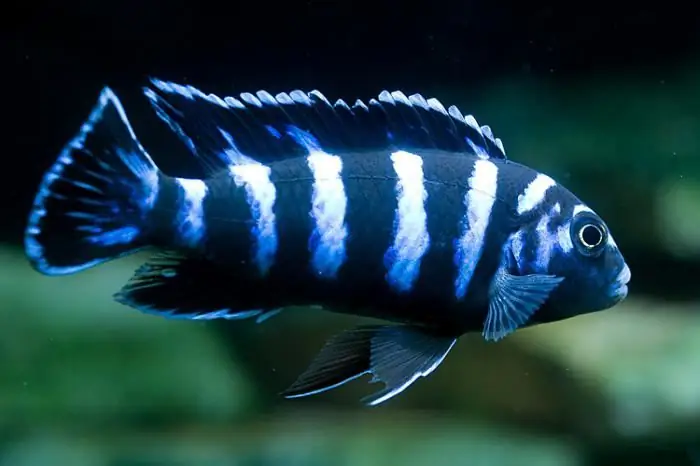
General characteristics
Pseudotropheus demasoni - Pseudotropheus demasoni in Russian - one of the most attractive representatives of the African Lake Malawi population. This bright striped cichlid belongs to the Mbuna group, which in the language of the local population means "dweller of stones." In nature, the fish lives off the rocky coast of Tanzania.
Aquarists learned about this handsome man relatively recently - in 1994. This species was described by Ed Conings, a well-known researcher of Lake Malawi cichlids.
The range of the Demasoni Pseudotropheus - the Pombo Rock area. The fish feed mainly on algae growing on rocks, but do not disdain larvae, small insects, mollusks and zooplankton.
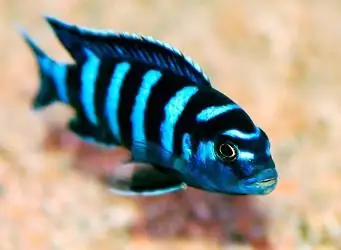
Demasonirefers to dwarf cichlids, its body length is from 6 to 8 cm. The price of this fish is not high either. Pseudotropheus demasoni costs, depending on the size, from 120 to 400 rubles. In an aquarium, he can live 8-10 years.
Coloring
The body of the Demasoni pseudotropheus fish has a torpedo shape typical of all relatives. It is recognizable due to its characteristic coloration. The body of the fish is crossed by vertical stripes - 5 light stripes of a very beautiful bright blue color and 6 dark blue, almost black lines. Dark stripes start at the gill covers and end at the base of the tail.
The head of the Demasoni pseudotropheus is also decorated with three blue and two dark horizontal stripes. The last dark blue on the head passes into the first dark line on the body. The tail and fins are fringed with a thin blue stripe and are spiked for protection from predators. Our hero is often confused with a close relative - pseudotropheus elongatus. In this representative of cichlids, the stripes reach only to the middle of the body. Therefore, if you see a fish with a uniform distribution of clear dark lines, this is pseudotropheus demasoni.

How to determine the gender of a Demason
It is impossible to determine the sex of a fish at a young age (up to 2 months). And even when the fish grow up, it will not be easy for a beginner to cope with this task. Males and females have the same color, and it can be difficult to distinguish them at first glance. What to pay attention to? Demasoni males are more aggressive, they are slightlylarger than females, the stripes on the sides are clearer and brighter. They have elongated releasers on their anal fins. The dorsal fin is longer and more pointed than females.
Content Features
Inhabitants of Lake Malawi are quite demanding on the conditions of detention. They are classified as moderate or difficult to care for. Optimal water parameters for fish:
- temperature - 24-28°С;
- acidity - 7, 6-8, 6 pH;
- water hardness - 10-18°.
Demasoni pseudotropheus will feel great in both fresh and s alt water. Regarding the addition of s alt, the opinions of experts differ. Malawi is a fresh lake, but its waters are rich in trace elements. Domestic aquarists make up for their lack with small doses of sea s alt.

So, you have decided to get such an exotic fish as pseudotropheus demasoni. Keeping an African will not bring additional trouble if you take into account all the nuances of care in advance.
The minimum volume for a group of fish from 4-5 females and one male is 150 liters. For a flock of 12 fish, among which there will already be 2-3 males, you will need an aquarium of 400 liters. In a large numerous flock with a spacious territory and many shelters, intraspecific aggression is minimal.
The waters of Lake Malawi are clear, and Mbunas demand the same freshness from their owners. A powerful filter and mandatory water changes of 30% every week will provide the fish with comfort.
To maintain the required stiffness, you can use specialadditives - argonite sand, coral chips or marble. In addition, fish love stone decorations with various grottoes and shelters.
Demasoni are distinguished by good he alth, but in conflicts they can be injured. If the fish is injured or weakened, it is worth planting it in a separate container. For a speedy recovery, methylene blue and table s alt can be added to the water.

Feeding
Despite their aggressiveness, Pseudotropheus Demasons are not predators. Therefore, just as in nature, their diet should consist mainly of plant foods. It can be special food for cichlids, aquarium plants, algae, scalded lettuce, dandelion, nettle.
Greens need to be scalded with boiling water, cool and pressed to the bottom with a stone. Fish may not be immediately interested in leaves. It is not necessary to leave them overnight, it is better to prepare a new portion the next day.
Cyclops, daphnia are suitable as protein foods, but the tubifex, bloodworm, coretra and small shrimp are too high in calories. The ratio of vegetable and animal feed is approximately 70 to 30 percent. Due to the abundance of protein foods, fish may experience digestive problems. It is better to feed the animals in small portions several times a day.
Breeding
At the bottom you need to put a few flat stones, form them like caves and grottoes. It is there, on the territory of the male, that spawning will take place.
At 6 months of age, upon reaching a size of 2.5 centimeters, the fish are readyto reproduction. During the spawning period, the dominant male becomes especially aggressive, and with a small aquarium and a lack of shelters, he can beat opponents to death.
During spawning, the male presses the female against the stones in his territory, after which she lays 5 to 15 eggs and takes them in her mouth. Fertilization takes place in the female's mouth, where the eggs remain for another week before the fry are born.
You can feed juveniles with brine shrimp, cyclops and crushed flakes. From an early age, fry show aggression even towards older comrades, so it is better to put them away. Juveniles may suffer in fights with adults.
Compatibility with other fish
Which of the aquarium fish is still as famous for its territoriality as cichlids, including Pseudotropheus demasoni? The compatibility of fish is an important point when choosing an aquarium population. Demasoni are aggressive and do not get along with other aquarium fish, with the exception of other Mbun breeds. In a rocky aquarium, each individual has a territory from which it will drive away all rivals, so you need to choose fish that do not look like demasons.

Excluded are blue and yellow dark-striped fish such as Cynotilapia afro and Pseudotropheus lombardo. Demasons will calmly treat neighbors without stripes - yellow labidochromis, hummingbird cichlids, red zebras.
With proper and careful care, pseudotropheus demasoni will delight you with its beauty and interesting behavior for a long time.
Recommended:
Neon fish: care and maintenance. Aquarium neon: fish compatibility
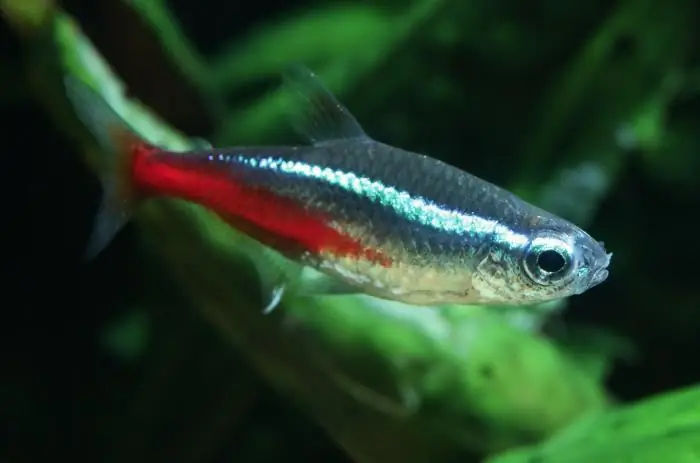
This article aims to introduce readers to one of the most mobile species. So, neon fish. What do we know about her? Unfortunately, not so much. But in vain. This inhabitant of the underwater world is quite interesting, and you can actually talk about it indefinitely
Aquarium fish gourami pearl: description, content, compatibility, breeding
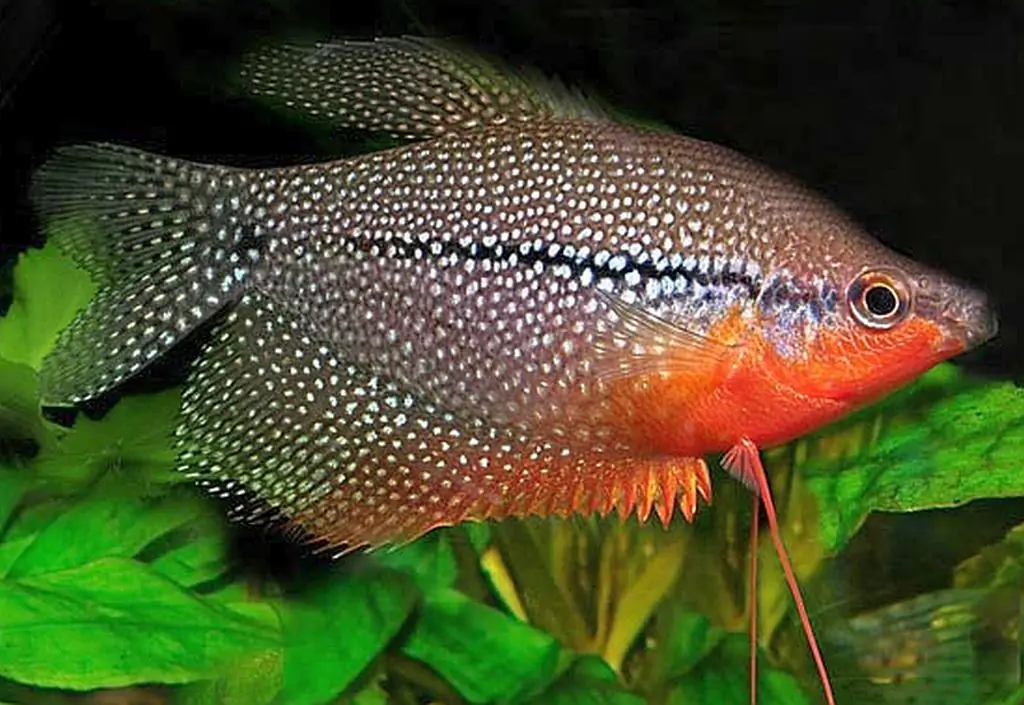
The aquarium world is bright and varied. What kind of creatures you will not meet at the bottom of the home "ocean"! One of the brightest representatives of the inhabitants of the underwater kingdom is the pearl gourami - a brilliant fish in all respects
Aquarium fish shark baloo: description, compatibility, maintenance and breeding

Shark Bala is an aquarium fish that looks like a shark in its appearance. It is becoming increasingly popular among aquarists for its unpretentious care, attractive appearance, energy, and peacefulness. The scientific name of the fish is blackfin balantiocheilus. The species belongs to the carp family
Aquarium cockerel fish - maintenance, care and compatibility with other fish
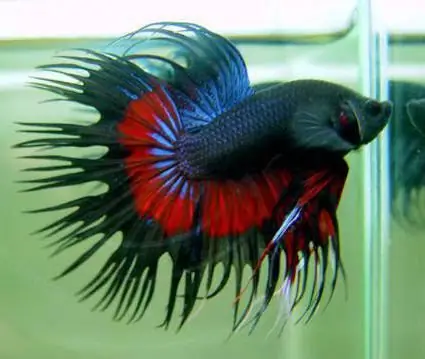
Cockerel fish, or, as it is also called, fighting fish, is a representative of the labyrinth family. Such a name for this species is not accidental. The bright color, as well as the warlike character of the "fighters" in some way resembles the same cocky and beautiful "earthly" roosters
Fish domestic. Types of aquarium fish, compatibility and content
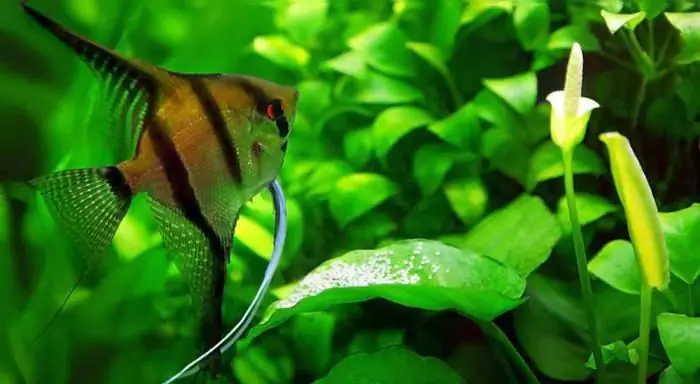
There are several thousand varieties of aquarium fish in the world. Small and large, predatory and carnivorous, bright and not very bright, with lush tails, long mustaches and bizarre fins - all these inhabitants of the underwater world attract with their beauty, and watching their unhurried movements in the water column helps to relax and take a break from everyday problems

